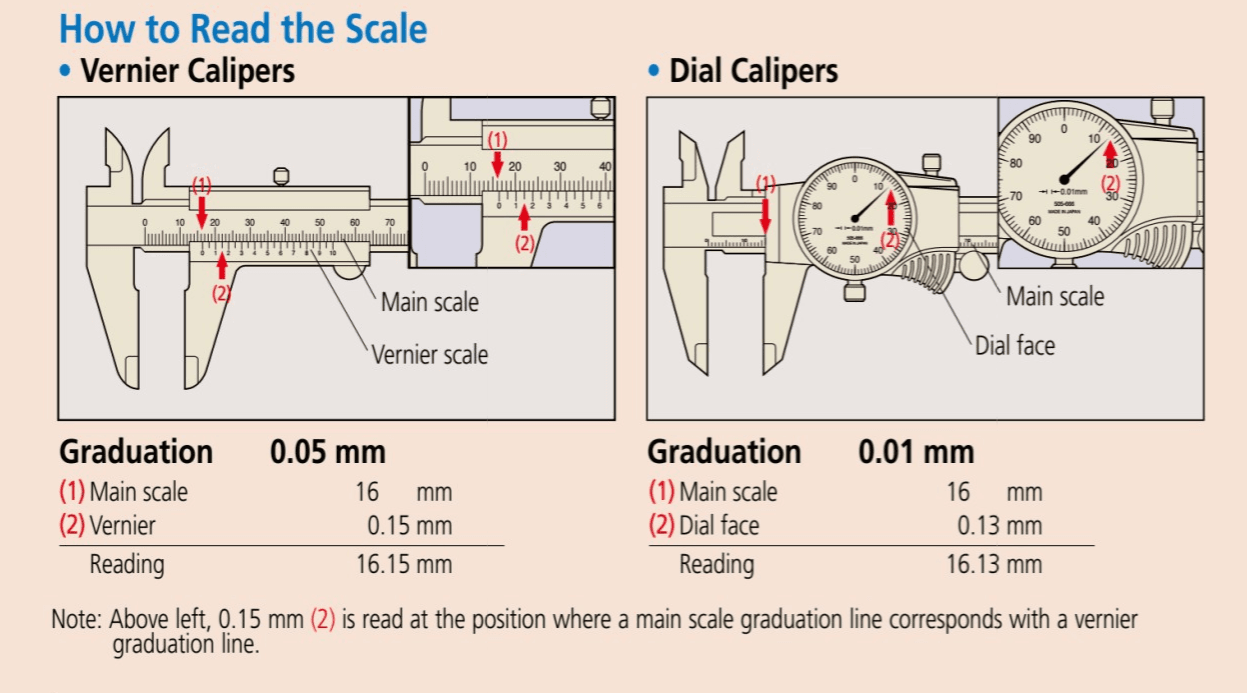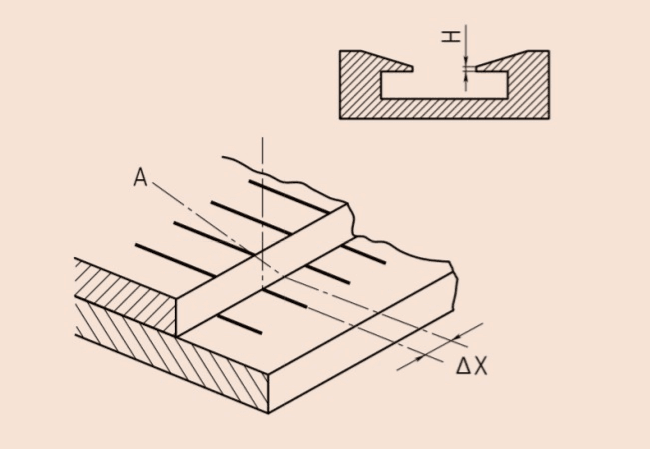 0My Cart
0My Cart

Quick guide for calipers:
Introduction:
Welcome to this guide for calipers! The images shown mainly uses Mitutoyo digital calipers as reference. However the general principles are applicable to dial and vernier type calipers as well from other brands. Note a trusted brand such as Mitutoyo would go a long way to ensuring the accuracy and repeatability of your results. Due to the reliability of Mitutoyo, beware of the many counterfeits out there!
Guide for Caliper Terminology:
Guide for caliper usage:
Before use:
- Clean the jaws with a dry cloth and close the measuring faces.
- Hold it against a light source. No light should be seen between them.
- However, if some light is seen, it means the outside measuring faces have contamination or burrs as they will not close properly on their full length.
- Similar observation can be done for the inside measuring faces.
- Always start by ensuring the caliper is properly zeroed. For Digital Calipers: Close the jaws and press the “zero” button. For Vernier and Dial Calipers: Ensure the “0” mark on the vernier/dial scale lines up with the main scale when closed.
Quick tip!
- For Mitutoyo digital calipers, when the battery is newly inserted or replaced, a dash line will appear as shown below.
- Just close the measuring faces and hold the ORIGIN/PRESET button to perform a zero point setting.
During Use:
- Make sure to measure the object as close to the scale as possible and that the measuring faces are not tilted in any way.
- Apply constant force when doing measurements. Excessive force when closing the jaw will cause inaccuracies and reduce repeatability of the value measured.
- The digital caliper is most convenient as you can read off the display for the value, for vernier and dial calipers refer to below image on how to take measurement:

Parallax error:
You may have heard about parallax error and wonder what is it? This mainly applies to vernier caliper as the reading is based visually on where the graduation lines up. As there is a height difference between the vernier scale and main scale, viewing the scale at different points will result in different results. Ideally you should look perpendicular to the scale to reduce this error.

Care for Caliper After Use:
- Wipe the main scale with a clean cloth to remove any sweat or oil that may be present.
- The outside measuring jaws should be opened slightly with the locking screw untightened before storing in its proper case.
- These steps helps to prevent any corrosion of the gauge which may affect your future usage.
- If storing for a long time, you may also consider applying a thin layer of micrometer oil on the jaws and scale to prevent moisture from impacting the gauge.

Conclusion:
Whether you’re using a digital, dial, or vernier caliper, mastering this essential tool ensures accurate, professional-grade measurements. Make sure to purchase from a reputable brand, zero your caliper, apply constant force for the measurement, and read the scale carefully.
If interested, click here to find out more about How to use Digimatic Calipers in the Modern Industry for Data Collection and Management!
If you’re looking for a groundbreaking variety of precision tools, Find Us!






